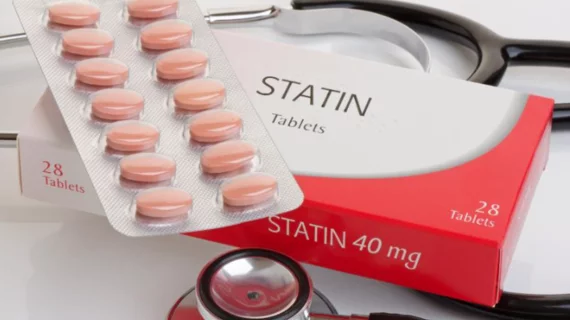Higher-dose statins raise risk for osteoporosis
The higher the dosage of cholesterol-lowering statins, the greater a patient’s risk of developing osteoporosis, according to work published in the Annals of Rheumatic Diseases.
In their paper, Alexandra Kautzky-Willer, an expert in gender medicine and endocrinology and head of the Medical University of Vienna, and colleagues explained that statins—among the most widely prescribed drugs worldwide—effectively lower cholesterol and reduce the risk of CVD, but they also inhibit the synthesis of cholesterol, a critical building block for sex hormones like estradiol and testosterone.
“We know that low concentrations of sex hormones—especially the drop in estrogen levels during menopause—are the main cause for the increase of osteoporosis in women,” Kautzky-Willer said in a statement. “There is a similar relationship between bone density and testosterone. We were interested in whether the inhibition of cholesterol production by statins has an effect on bone formation and whether there could be a dose-response relationship.”
Austrians for their study, filtering out patients who regularly took statins for at least a year. They also sorted through osteoporosis diagnoses, looking for a connection between the two.
The researchers reported that in lower-dose groups, where patients took up to 10 milligrams of lovastatin, pravastatin, simvastatin or rosuvastatin per day, there were fewer osteoporosis diagnoses. But within a window of another 10 milligrams, that statistic changed entirely.
“With doses of 20 milligrams and more...the tide seems to turn,” Kautzky-Willer said. “We found more osteoporosis cases in patients treated with simvastatin, atorvastatin and rosuvastatin than expected.”
She said her team’s results suggest “we are coming closer to a truly personalized and individualized medicine.” Now, she said, physicians can advise high-risk osteoporosis patients taking statins to regularly monitor their bone metabolism.

